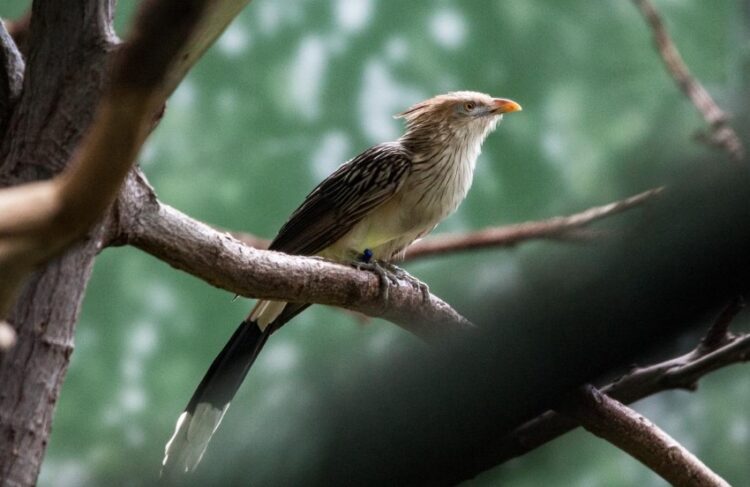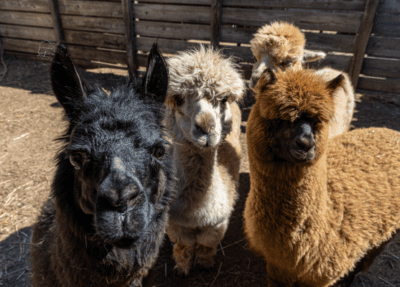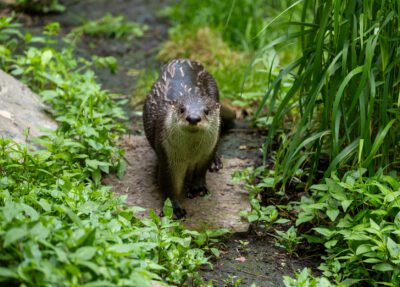On Saturday, February 17, the Chicago Symphony Orchestra performs The Carnival of the Animals by French composer of the Romantic era Camille Saint-Saëns. This blog was produced in partnership with our partners at the CSO.
Saint-Saëns reportedly composed the 25-minute piece in 1886 after a disastrous concert tour. He was supposed to be working on his Symphony No. 3 while living in a small Austrian village, but instead created a “zoological fantasy” simply because it was fun. It was apparently intended for students at the École Niedermeyer de Paris and was performed only in semi-private gatherings until his death in 1921.
This delightful suite of music is both whimsical and humorous—something Saint-Saëns knew well, as he prohibited its publication during his lifetime to protect his reputation as a serious composer. However, it has become one of his most popular pieces. At Lincoln Park Zoo, we love that this sweet, child-friendly orchestral masterpiece can help share the joy of wildlife and our connection to nature.
Because it is inspired by the sounds of animals, the way animals move, and the things animals do, The Carnival of the Animals is perfect for evoking the beauty and wonder that can be found at Lincoln Park Zoo. Here are some of the musical movements you’ll hear at the narrated CSO for Kids event, and how they relate to real-world animals you can see in Chicago just 4.5 miles north of Symphony Center.
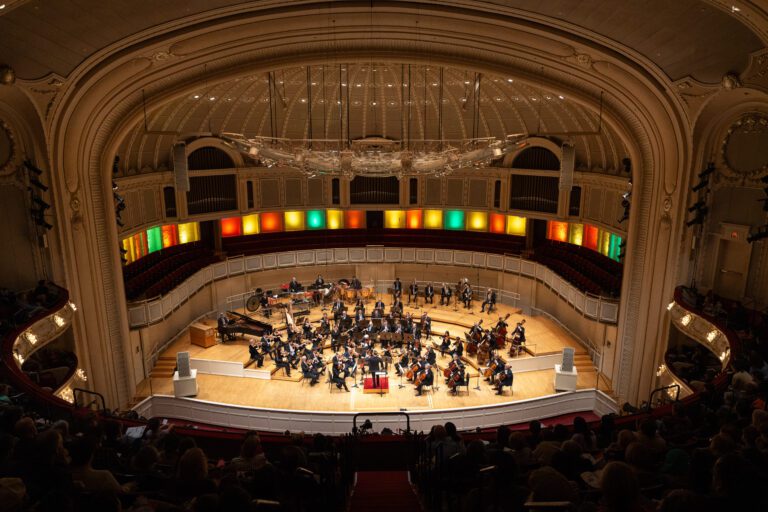
Photo by Elliot Mandel, courtesy of the CSO
Fun fact: Lincoln Park Zoo predates the Chicago Symphony Orchestra by 23 years!
The Movements
I. Introduction et marche royale du lion (Introduction and Royal March of the Lion)
When listening to the introduction of The Carnival of the Animals, you’ll hear the orchestra mimicking the sound of a lion’s roar with the low register of the piano, creating a stately sound to mark the grand entrance of the regal animal.
Perhaps this short movement will make you think of the pride of lions at Lincoln Park Zoo. While they occasionally appear more playful than stately when together at their habitat in Pepper Family Wildlife Center, that too is a trademark of this entire musical work. The music, like the lion’s roar, communicates power and strength to those within listening range.
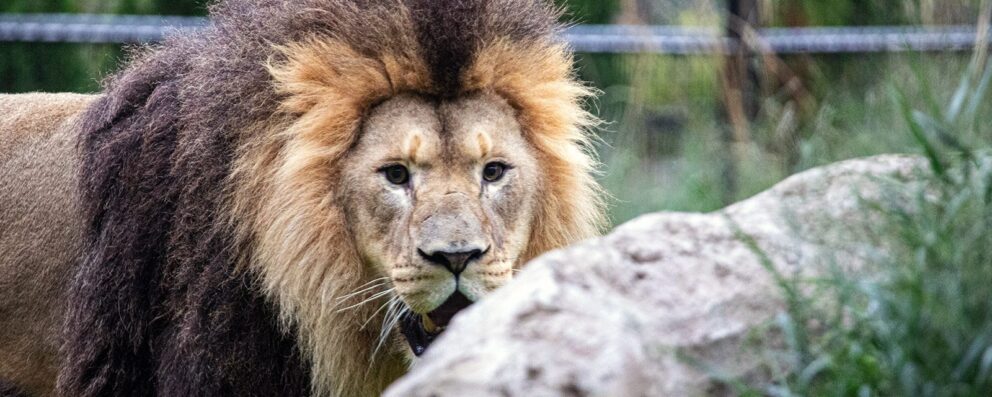
II. Poules et coqs (Hens and Roosters)
In this movement, the composer imitates the sights and sounds of chickens plucking, making noise, and scurrying through short, staccato notes on violins. You can feel the hectic energy of these birds in this short section of the song.
Chickens at Lincoln Park Zoo reside at Farm-in-the-Zoo where domestic animals such as goats, rabbits, and cattle live and is a perfect location for small children learning about the natural world. They can come interact with animals at the seasonal Feed a Chicken program, which is a result of animal welfare science data that showed the chickens here prefer to be fed by guests when given the choice. This allows meaningful interactions between humans and animals and conveys a message of care and stewardship.
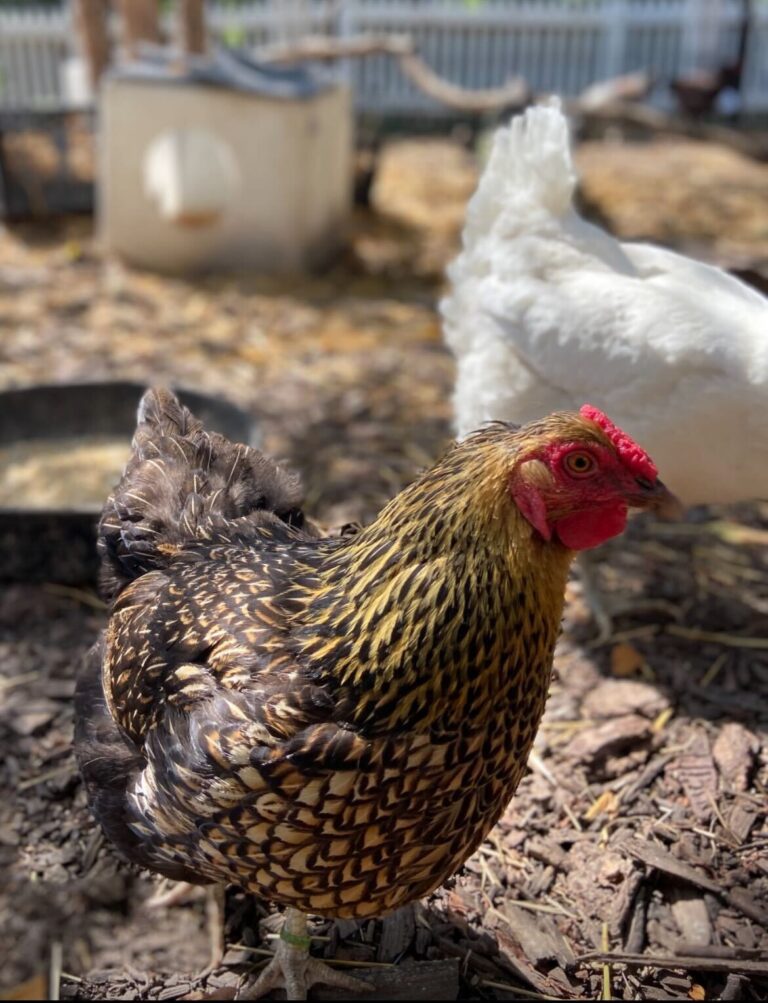
III. Hémiones – animaux véloces (Horses of the Tartary – Swift Animals)
This section of the suite is short and calls up images of speedy, skittish animals. The animal world is full of these, but perhaps you imagine ungulates like zebra, antelope, and deer, which must be quick and agile to escape predators. Lincoln Park Zoo is home to both Grevy’s and plains zebras as well as Père David’s deer, which are known for their endurance running and swimming. Père David’s deer are also extinct in the wild, but zoos and other conservation organizations have successfully bred these deer for reintroduction in China.
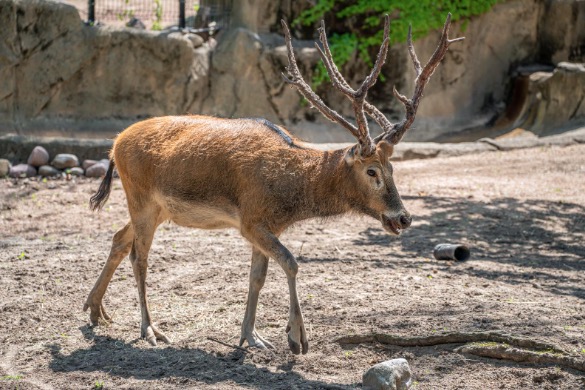
Image by Brandon Tucker
IV. Tortues (Tortoises)
- The CSO explains that this hilarious movement is actually Jacques Offenbach’s can-can music, slowed down to a steady pace that matches certain slow-moving reptiles you may instantly think of: tortoises and turtles.
Lincoln Park Zoo cares for several species of these reptiles, including red-footed tortoises, Blanding’s turtles, wood turtles, and yellow-spotted Amazon River turtles. They can be found at Regenstein Small Mammal-Reptile House (along with another slow-moving animal, the Hoffman’s two-toed sloth) and Pritzker Family Children’s Zoo. You can read about the zoo’s data-based efforts to improve reptile welfare here.
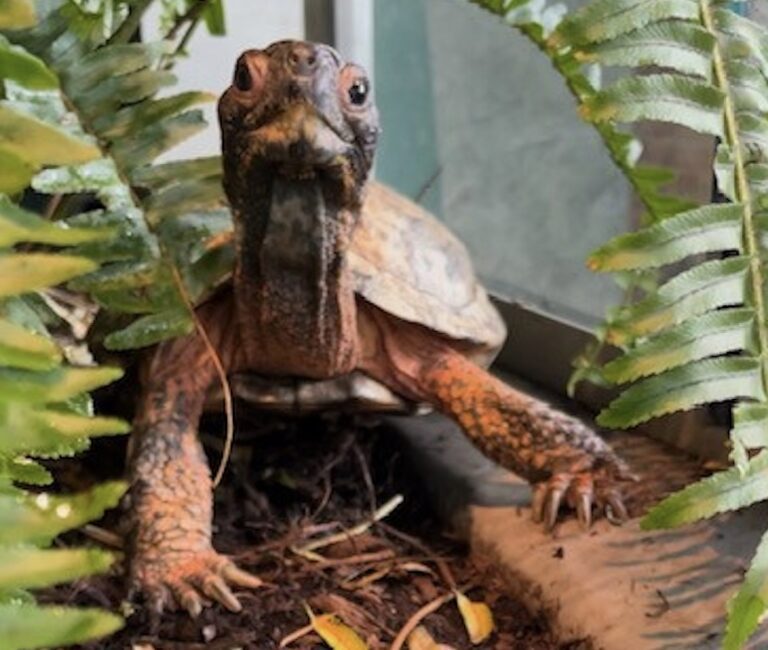
Image courtesy of Brittany Childs
V. L’Éléphant (The Elephant)
This joyful, yet clumsy waltz is fittingly played on the largest and deepest-sounding string instrument in an orchestra, the bass. Naturally, it makes you think of the lumbering beauty of elephants.
While no elephants currently reside at Lincoln Park Zoo, the zoo continues to spearhead projects like the Tanzania Conservation Research Program, which works to safeguard animal migrations across Africa, and the Goualougo Triangle Ape Project, which works to protect a pristine environment that includes forest elephants in the Congo Basin.
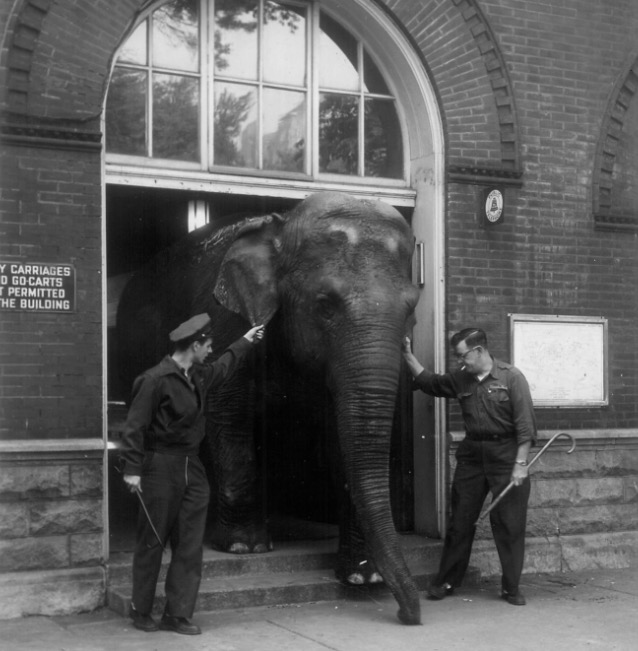
Judy the elephant
VI. Kangourous (Kangaroos)
In this piece, listeners can hear sounds that are inspired by a kangaroo’s hops. Lincoln Park Zoo is home to red kangaroos, the world’s largest marsupials. They can get more than 5 feet long without their tail, and they can cover 25 feet in a single jump.
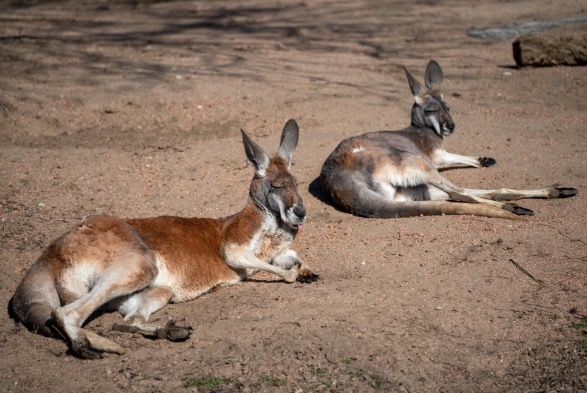
Image by Brandon Tucker
VII. Aquarium
Here, composer Saint-Saëns mimics the twinkling of light on water, with bubbles floating and fish slinking to the bottom of an aquarium, through haunting, tinkling sounds and musical scales played by a piano and a glass harmonica.
Lincoln Park Zoo was home to Chicago’s very first aquarium inside the building now known as Park Place Café. However, you can still see some fish, including the white-blotched river stingray at Regenstein Small Mammal-Reptile House. And in Regenstein African Journey, the Lake Malawi cichlids are fascinating. Dozens of species of this colorful African freshwater fish coexist in one body of water; they can do this because the different types occupy difference ecological niches. For example, some are adapted for rocky areas while others prefer open water.
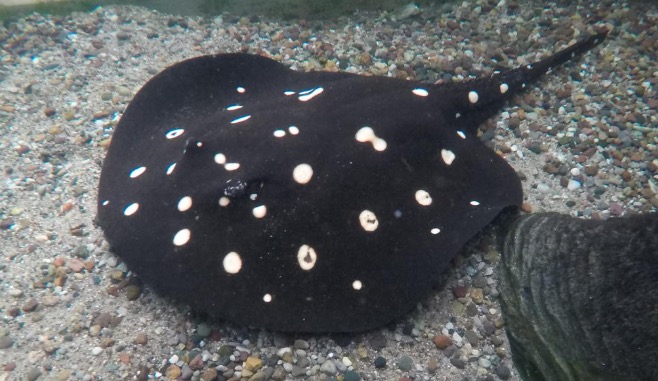
Image by Dan Boehm
VIII. Personnages à longues oreilles (Characters With Long Ears)
While the clear “hee-haw” sound created by scratchy violins in this movement isn’t heard at Lincoln Park Zoo, you’ll find many animals here with long ears, including rabbits, red kangaroos, giraffes, Moholi bushbabies, zebras, and aardvarks.
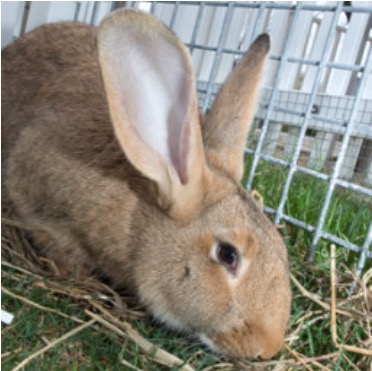
IX. Le Coucou au fond des bois (The Cuckoo in the Depths of the Woods)
In this one, the composer creates a sound very similar to the cuckoo with the clarinet. At McCormick Bird House, you can find the Guira cuckoo. These cuckoos share nests; females can lay up to 20 eggs in a single one. If you’re lucky enough to hear their song, you’ll understand why there’s an entire movement that focuses on these fascinating birds.
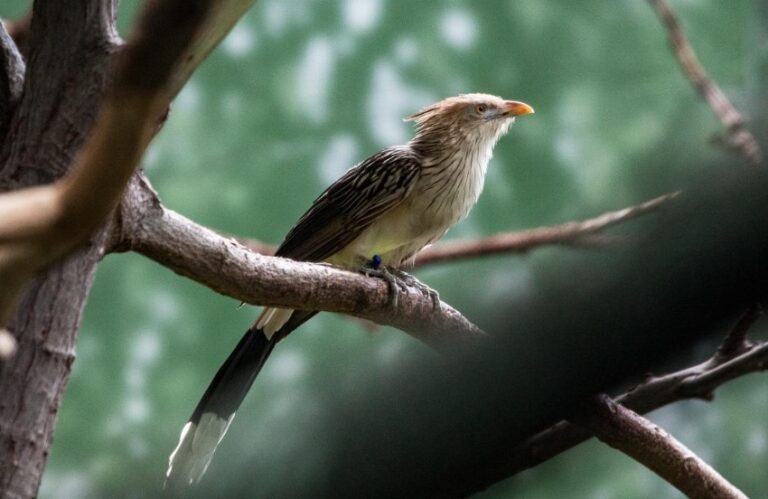
X. Volière (Aviary)
The composer uses flutes and fluttering violins to mimic the sounds of birds calling to one another. The birds at the zoo definitely do that — and they can be found across the zoo from McCormick Bird House and Hope B. McCormick Swan Pond to Waterfowl Lagoon.
To protect wild birds and their unique songs, the zoo is involved in fighting wildlife trafficking, which affects many songbirds who are taken for the illegal pet trade. In 2023, zoo experts helped partners launch the Songbirds in Trade database, the first global open-source database designed to help understand the dynamics of the songbird trade.
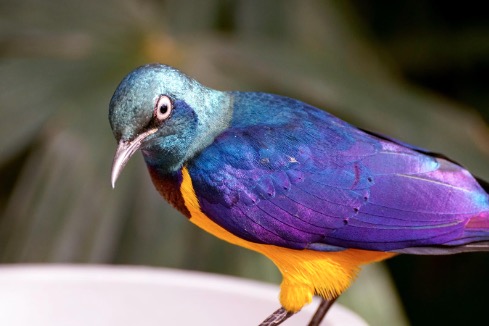
Image by Brandon Tucker
XI. Pianistes (Pianists)
This movement is definitely satirical, and in it Saint-Saëns is being a bit meta, making fun of student pianists practicing their scales by comparing them with animals. In fact, the poet Ogden Nash said that Saint-Saëns was referring to the pianists as “a scurvy band” and “simian.”
Zoo scientists have a sense of humor, but after they enjoy this portion of The Carnival of the Animals they might have a bit of a bone to pick with Nash, if not Saint-Saëns. Research done here at the Lester E. Fisher Center for the Conservation and Study of Apes shows that putting primates in human contexts harms their conservation and makes people more likely to want them as pets.
Of course, that research covered pictures and not words or music that evoke images. Sounds like more research might be needed here.
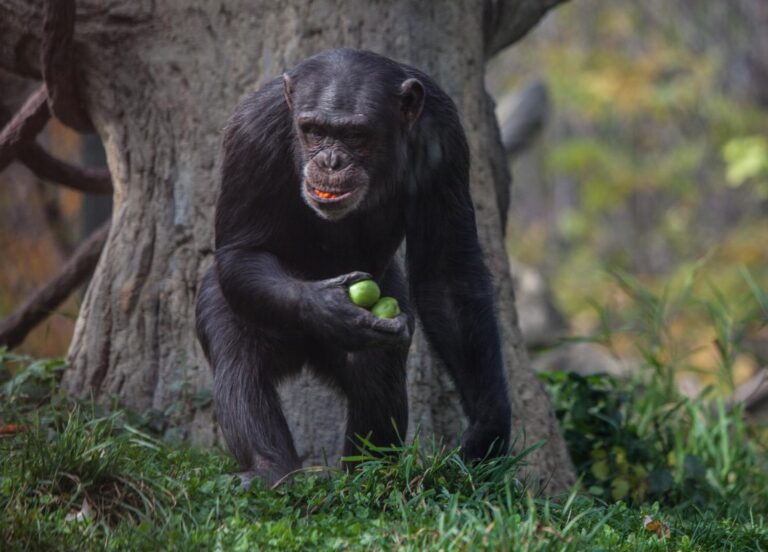
Image by Christopher Bijalba
XII. Fossiles (Fossils)
And speaking of bones—in this section, the composer evokes the image of hollow bones being played like a xylophone. Sharp listeners can also hear musical references to Mozart, such as the melody from “Twinkle, Twinkle, Little Star.”
At Lincoln Park Zoo, we leave the collection of fossils to our friends at the Field Museum of Natural History. However, you can sometimes view bones on site—meaty bones, that is, which are used as food enrichment for animals such as lions and African painted dogs. Enrichment is an important part of animal wellbeing, as the use of different kinds of enrichment helps elicit species-specific behaviors while engaging their senses and challenging their natural instincts. You can help provide teeth-strengthening, healthy bones, along with other types of food and enrichment, to the animals at the zoo through the Wish List.
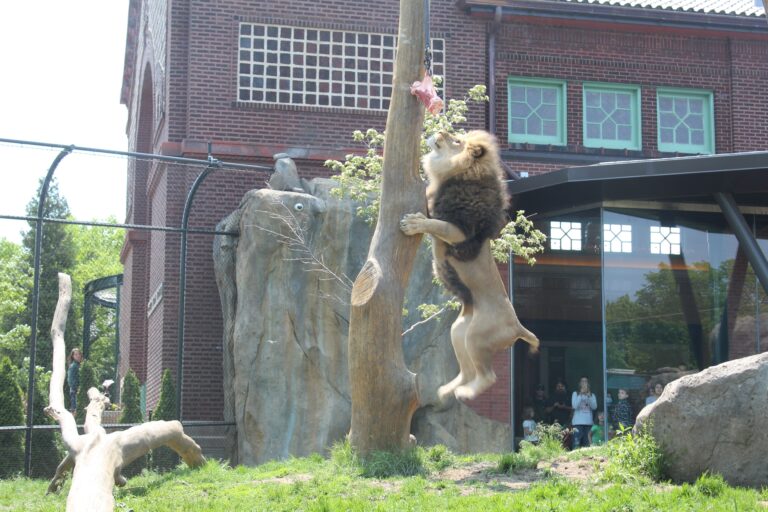
Image courtesy of Jesse Leinwand
XIII. Le cygne (The Swan)
This elegant melody, played on the cello, brings to mind the images of swans. Did you know that Lincoln Park Zoo began with a gift of swans from Central Park in New York? In 1868, two pairs of mute swans arrived here, and their presence in South Pond led to the arrival of other animals to create Chicago’s free zoo.
Lincoln Park Zoo has also been involved in trumpeter swan conservation and has helped release more than 40 swans as part of a reintroduction process to bring these majestic birds back into the Midwest.
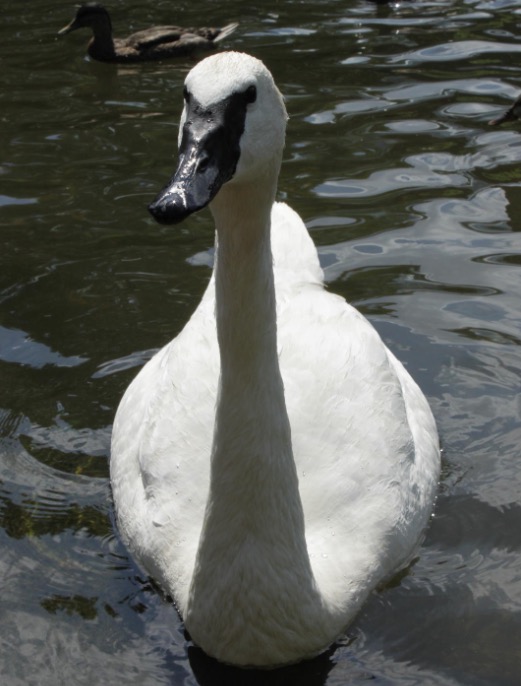
XIV. Final (Finale)
The finale of Saint-Saëns’ piece reminds one of the lively confines of a carnival, the type of traveling show that provided novel sights and sounds for visitors in the 19th century, such as technological wonders, human performers, animals, and oddities—but not always in culturally sensitive or enlightened ways.
Since this piece was composed in 1886, thankfully the world has progressed. And zoos are no exception. Today, Association of Zoos and Aquariums-accredited zoos are places that prioritize animal wellbeing, education, conservation, and science. Lincoln Park Zoo is one of the zoos leading the pack and making innovative choices that help animals thrive in our care and conserve them in the wild.
However, one thing has remained the same since Lincoln Park Zoo opened its gates in 1868—the price. Lincoln Park Zoo continues to offer free admission to all.
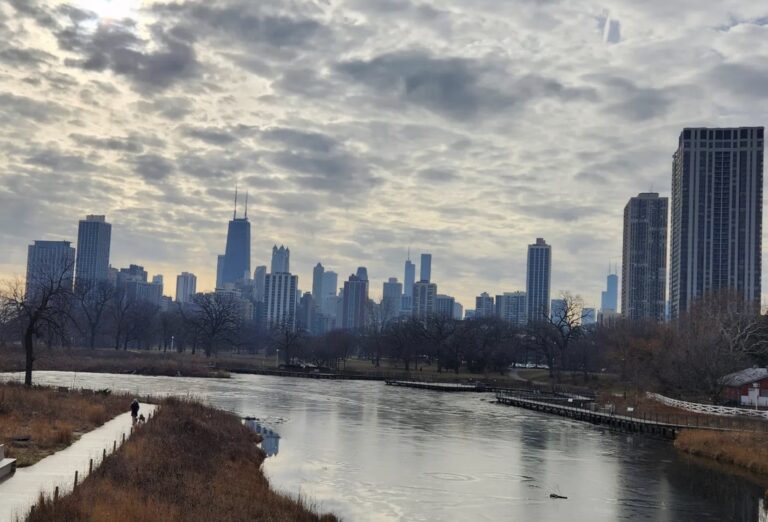
When you listen to different movements of The Carnival of the Animals as part of the CSO for Kids show on February 17, think of the real animals just a few miles north! Music-lovers can find much to enjoy at the zoo, too.
